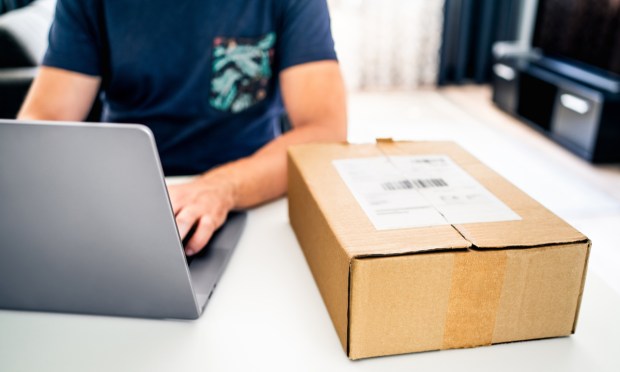
For years, the working relationship between Amazon and FedEx has been a little unpredictable. Once, the two corporate behemoths enjoyed a symbiotic partnership, but in 2019, they drifted apart, eventually cutting ties altogether in what one Amazon executive labeled a “conscious uncoupling at its finest.”
Now comes news that the eCommerce giant and the delivery titan were once again in talks about re-forming a working relationship.
Related: New Consumer Spend Data Finds Amazon Way Ahead of Walmart
The discussions started last spring and — although a deal wasn’t hammered out — a renewed collaboration may be a natural fit, according to a report from the Wall Street Journal. FedEx had hoped an infusion of parcel deliveries would help it bounce back from an industry slump, while Amazon is seeking to enhance the customer-return side of its business.
Amazon’s decision to put more focus on customer returns makes sense, given the highly competitive nature of today’s eCommerce landscape. Online marketplaces, retailers and brands are competing to become online shoppers’ go-to destination. And, as PYMNTS Intelligence data has found, the entire delivery process — from beginning to end — has become increasingly important to consumers.
PYMNTS Intelligence’s “The Online Features Driving Consumers To Shop With Brands, Retailers or Marketplaces,” a collaboration with Adobe, discovered 66% of consumers say free shipping is their top consideration when weighing different merchants.
The report, based on survey findings from more than 3,500 consumers, also determined that free shipping is only one driver of online shopping satisfaction. The entire shipping experience influences shoppers.
Forty-six percent of respondents said they put a premium on the ability to request fast deliveries, while 46% also said they want to be able to track packages when en route. Meanwhile, nearly half of respondents say “easy and convenient returns” shaped their decision.
In fact, all delivery-related features — free and fast deliveries, the ability to track packages and hassle-free returns — were more important to respondents than features such as easy-to-navigate websites or multiple payment options when checking out.
That last finding is not intended to downplay the importance of payment options. As the PYMNTS Intelligence study “The 2024 Global Digital Shopping Index: U.S. Edition” uncovered, nearly 80% of U.S. consumers expect to be able to pay for online purchases the way they prefer.
“The 2024 Global Digital Shopping Index,” which was commissioned by Visa Acceptance Solutions, drew on an extensive collection of data including surveys with nearly 14,000 consumers and 3,512 merchants across seven countries. Included in its findings was the illustration of the Click-and-Mortar™ consumer — someone who takes advantage of online shopping features and applies them to their in-store experiences, enabling them to have the best of both worlds.
In the U.S., 80% of consumers expect multiple payment options, and nearly as many expect merchants to give them refunds on fraudulent charges. Seventy-five percent expect digital coupons they can use in the store or online, while only slightly fewer expect relevant promo codes and an online inventory that is updated in real time.
The lesson: online merchants need to offer their customers a fully optimized, end-to-end delivery experience, but that may be just the beginning. If they want to remain competitive, they must deliver on features that are no longer simply nice to have but expected by today’s digital-savvy shoppers.